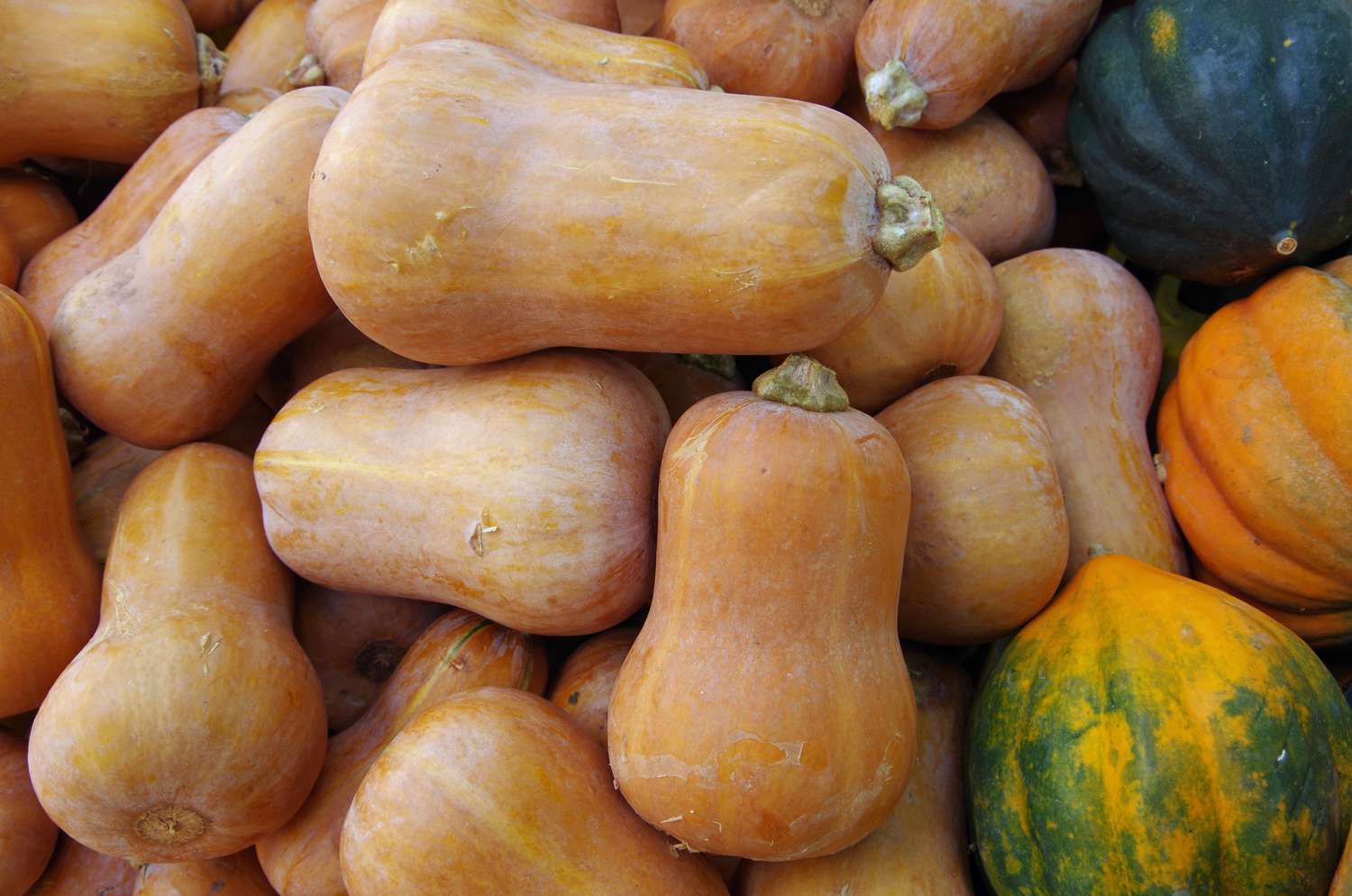

Articles
How To Store Honeynut Squash
Modified: December 7, 2023
Learn the best techniques for storing honeynut squash with our comprehensive guide. Get expert advice and tips in our informative articles.
(Many of the links in this article redirect to a specific reviewed product. Your purchase of these products through affiliate links helps to generate commission for Storables.com, at no extra cost. Learn more)
Introduction
Welcome to the world of honeynut squash! This delectable and nutritious vegetable is a smaller and sweeter version of the butternut squash, perfect for adding a burst of flavor to your dishes. Whether you have grown your own honeynut squash or purchased it from a local farmer’s market, you may be wondering how to store it properly to ensure its freshness and taste.
In this article, we will guide you through the steps to store honeynut squash effectively, preserving its quality for weeks or even months. From selecting the right squash to finding the ideal storage location, we have got you covered. So, let’s dive in and explore the art of storing honeynut squash!
Key Takeaways:
- Choose fully mature honeynut squash with a deep golden color and firm stem for extended shelf life. Properly clean and dry the squash before storing to prevent spoilage and maintain freshness.
- Store honeynut squash in a cool, well-ventilated area with the right temperature and humidity levels. Regularly inspect and rotate the squash to maximize shelf life and enjoy their delightful flavor for weeks or even months.
Read more: How To Store Squash
Step 1: Choosing the right honeynut squash
The first step in storing honeynut squash is to select the right ones for storage. When choosing honeynut squash, look for ones that are fully mature and have a deep golden color. Avoid selecting squash with any blemishes, soft spots, or signs of decay, as these may not store well and can affect the quality of the squash.
It is important to note that honeynut squash should be harvested when they are fully ripe. This ensures that they have developed their full flavor and sweetness. You can check if a honeynut squash is ripe by gently pressing your thumb against the skin. If it leaves an imprint, the squash is ripe and ready for storage.
Additionally, pay attention to the stem of the squash. A healthy honeynut squash will have a firm, dry stem. Avoid squash with a soft or moldy stem, as this can indicate that the squash is past its prime and may not store well.
Remember, the quality of the squash you choose for storage will directly impact its shelf life. So take your time to carefully select ripe and healthy honeynut squash for storing. With the right squash in hand, you are ready to move on to the next step of the storage process.
Step 2: Preparing the squash for storage
Once you have chosen the perfect honeynut squash for storage, it is important to properly prepare them before keeping them in a storage location. The preparation process involves cleaning and drying the squash to remove any dirt or moisture that could potentially lead to spoilage.
Start by gently brushing off any dirt or debris on the surface of the squash using a soft-bristled brush or a clean cloth. Be careful not to scrub too hard, as this can damage the skin of the squash. Next, wipe the squash with a damp cloth to remove any remaining dirt or residue.
After cleaning the squash, allow them to thoroughly dry. You can place them on a clean towel or paper towel and let them air dry for a few hours. It is important to make sure that there is no moisture remaining on the squash, as this can promote mold or rot during storage.
While drying the squash, it is a good idea to check for any bruises or cuts on the skin. If you notice any damaged areas, it is best to consume those squash immediately, as they may not store well. Ensuring that the squash is in good condition before storage will help prolong its shelf life.
Once the squash is clean and dry, you are now ready to move on to the next step of storing honeynut squash: finding the right storage location.
Step 3: Selecting the appropriate storage location
Choosing the right storage location for your honeynut squash is crucial to ensure their longevity. The ideal storage environment should provide proper temperature, humidity, and ventilation to keep the squash fresh.
The recommended temperature for storing honeynut squash is between 50°F (10°C) and 55°F (13°C). The squash should be kept in a cool place away from direct sunlight and sources of heat, such as radiators or appliances. A pantry, root cellar, or a cool basement can be suitable options for storing squash.
In addition to temperature, humidity levels should also be considered. The humidity in the storage area should be around 50 to 70 percent. If the air is too dry, the squash may become dehydrated and lose their quality. On the other hand, excessive humidity can lead to mold and spoilage. If the storage area is too humid, consider using a dehumidifier or placing a moisture-absorbing material, like a desiccant packet, near the squash.
Proper ventilation is crucial to prevent the buildup of ethylene gas. Ethylene gas is naturally released by ripening fruits and vegetables and can accelerate the squash’s decay process. Make sure there is a good airflow around the squash to minimize the concentration of ethylene gas. Avoid storing the squash in airtight containers or plastic bags, as they can trap moisture and restrict airflow.
Lastly, consider the storage method you plan to use. While some prefer to store honeynut squash as whole, others find it convenient to cut them into cubes or slices before storing. Keep in mind that once the squash is cut, it will have a shorter shelf life compared to whole squash. If you choose to cut the squash, store them in airtight containers or freezer bags in the refrigerator.
By selecting the appropriate storage location and considering the temperature, humidity, and ventilation, you can create an optimal environment for your honeynut squash to stay fresh and tasty for an extended period.
Store honeynut squash in a cool, dry place with good air circulation, such as a pantry or cellar. Avoid storing in the refrigerator, as it can cause the squash to spoil more quickly.
Step 4: Storing the honeynut squash
Now that you have prepared your honeynut squash and found the ideal storage location, it’s time to store them properly. The way you store the squash will depend on whether you are storing them whole or if you have cut them into smaller pieces.
If you are storing whole honeynut squash, place them in a single layer on a shelf or a flat surface in your chosen storage area. Make sure they are not touching each other to avoid the spread of any potential mold or rot. This will allow for proper air circulation around each squash, helping them stay fresh longer.
On the other hand, if you have cut the squash into smaller pieces, transfer them to airtight containers or freezer bags. Ensure that all the air is squeezed out of the bags before sealing them, as this will help prevent freezer burn and maintain the quality of the squash.
Regardless of whether you are storing whole squash or cut pieces, it is essential to periodically inspect them for any signs of spoilage. Check for any soft spots, mold, or unusual smells. Remove any damaged or spoiled squash immediately to prevent it from affecting the good ones.
It is worth mentioning that storing honeynut squash alongside other fruits and vegetables that release ethylene gas, such as apples or bananas, can speed up the ripening process and shorten their shelf life. So, it is best to store honeynut squash separately from ethylene-sensitive produce.
Remember to label the storage containers or bags with the date of storage. This will help you keep track of the freshness of the squash and rotate them accordingly, using the oldest ones first.
By following these storage procedures, you can extend the shelf life of your honeynut squash and enjoy their flavor and nutritional benefits for an extended period.
Read more: How To Store Kabocha Squash
Step 5: Checking and maintaining the stored squash
Once your honeynut squash is stored, it’s important to periodically check on them to ensure they are still in good condition. Regular inspections and proper maintenance will help you catch any issues early and extend the freshness of the squash.
Every week, take some time to examine each squash individually. Look for any signs of spoilage, such as soft spots, mold, or a foul odor. If you notice any of these signs, remove the affected squash immediately to prevent further spread of decay. Remember, one spoiled squash can quickly spoil the entire batch.
Furthermore, during your inspections, check the storage environment for any changes. Make sure the temperature and humidity levels are still within the recommended range. Adjust as necessary to maintain the optimal conditions for storing the honeynut squash.
If you find that some squash are starting to show signs of ripeness, consider using them in your recipes soon. The slightly riper squash will have a sweeter flavor, making them a delightful addition to soups, stews, or roasted vegetable medleys.
When handling the stored squash, always use caution to avoid bruising or damaging them. Rough handling can cause the squash to spoil faster. When moving or reorganizing the squash, gently lift and support them using both hands to distribute the weight evenly.
Finally, continue to rotate the squash as you use them. Use the oldest squash first to ensure that none go to waste. By keeping track of the storage dates on the labels, you can maintain an organized rotation system and enjoy the freshness of your honeynut squash for an extended period.
By regularly checking and maintaining your stored squash, you can prevent spoilage and maximize their shelf life. Enjoy the delicious honeynut flavor in your meals throughout the storage period!
Conclusion
Storing honeynut squash is a simple yet essential process that will allow you to enjoy its sweet and flavorful goodness long after the harvest season. By following the steps outlined in this article, you can ensure that your honeynut squash stays fresh, delicious, and full of nutrients for an extended period.
First, choose honeynut squash that is fully mature, with a deep golden color and a firm stem. Prepare the squash by cleaning and drying them thoroughly, removing any dirt or moisture that could lead to spoilage. Then, select an appropriate storage location with the right temperature, humidity, and ventilation. Keeping the squash at around 50°F to 55°F (10°C to 13°C) with a humidity level of 50 to 70 percent will help maintain their quality.
Store whole honeynut squash in a single layer, making sure they do not touch each other, to promote proper air circulation. If you have cut the squash, store them in airtight containers or freezer bags. Periodically check the squash for any signs of spoilage, and remove any damaged or spoiled ones immediately to prevent further decay.
Maintain the storage environment by monitoring the temperature, humidity, and airflow regularly. Use the oldest squash first and rotate them as needed to prevent waste. With proper care and attention, your stored honeynut squash can last for weeks or even months, allowing you to enjoy their delightful flavor in a variety of dishes.
Now that you have learned the art of storing honeynut squash, put your knowledge into practice and savor the taste of this delectable vegetable even when it’s out of season. Enjoy its versatility in soups, stews, side dishes, and more, and relish the natural sweetness that honeynut squash brings to your culinary creations.
Happy storing and happy cooking!
Frequently Asked Questions about How To Store Honeynut Squash
Was this page helpful?
At Storables.com, we guarantee accurate and reliable information. Our content, validated by Expert Board Contributors, is crafted following stringent Editorial Policies. We're committed to providing you with well-researched, expert-backed insights for all your informational needs.
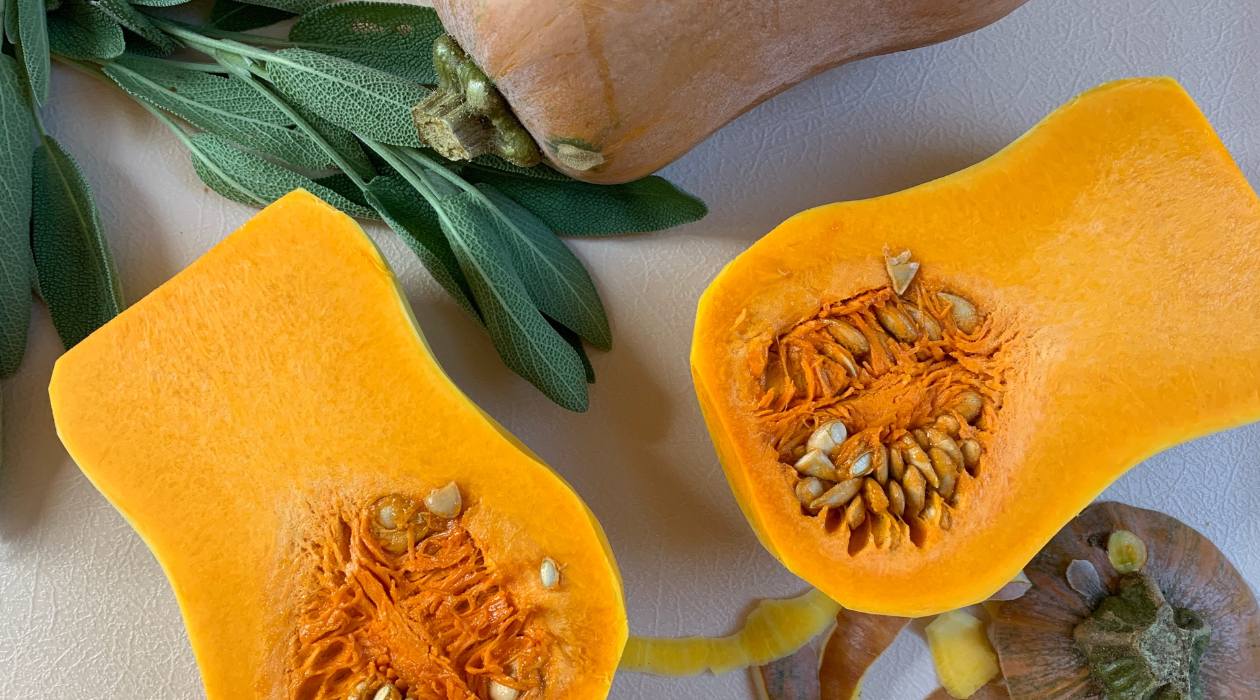
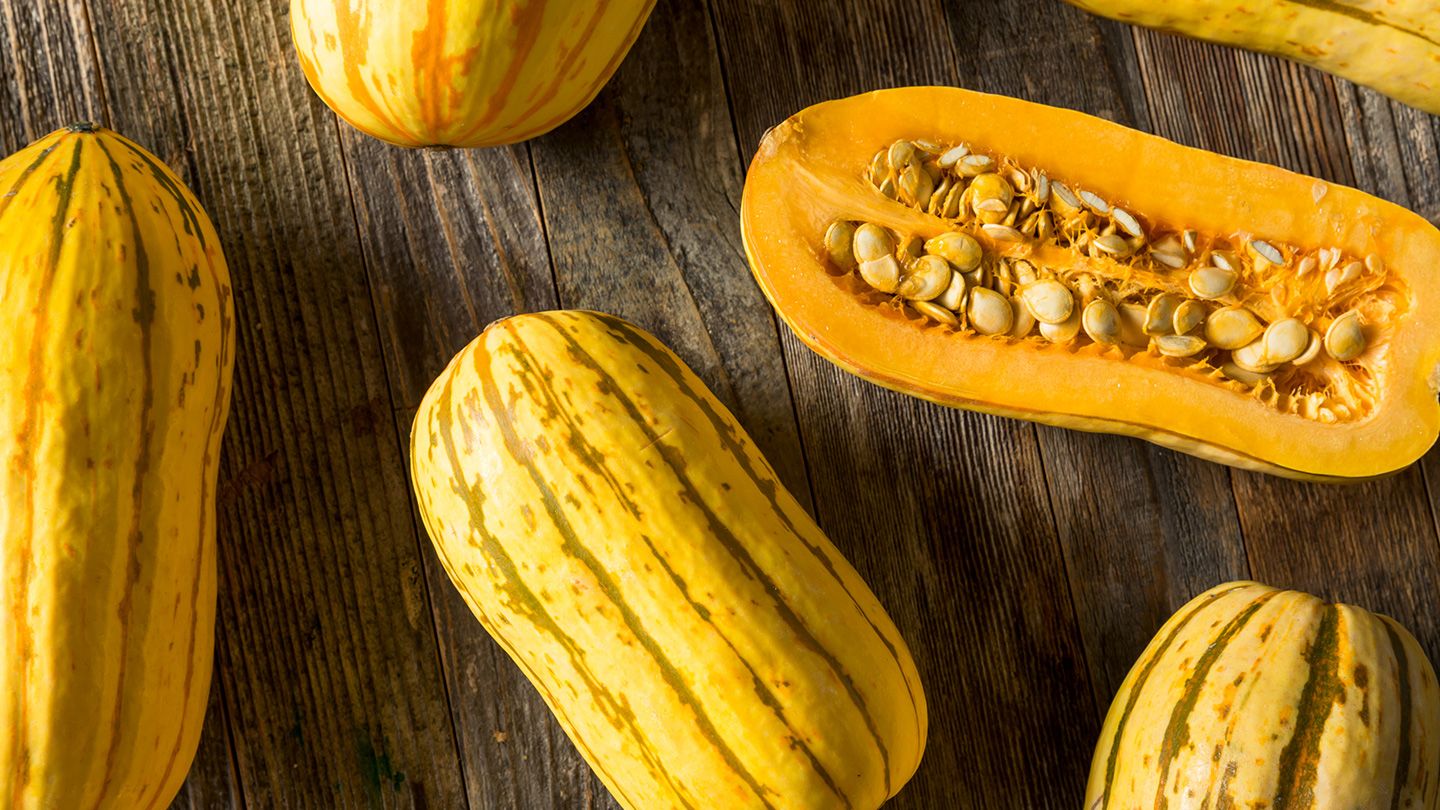
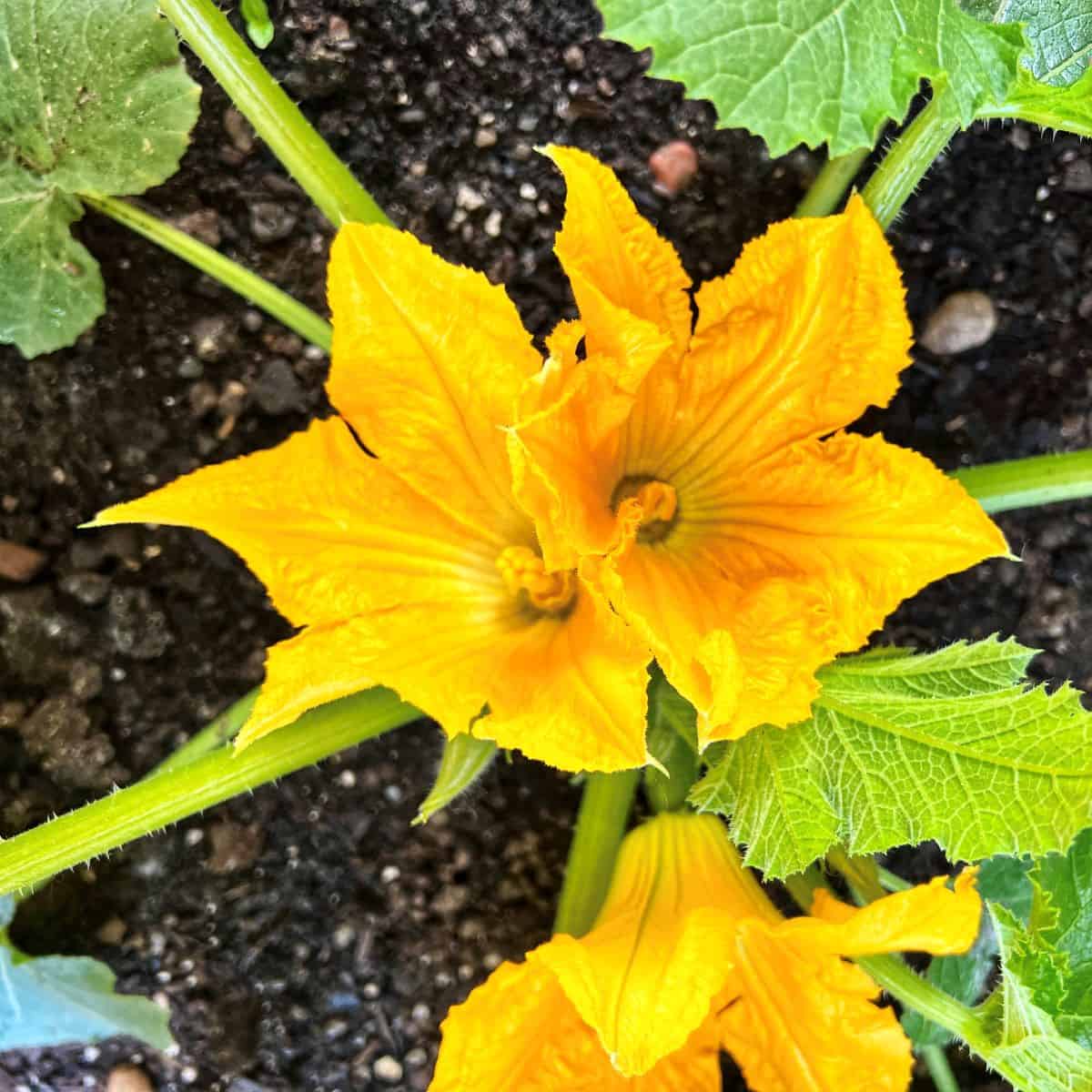
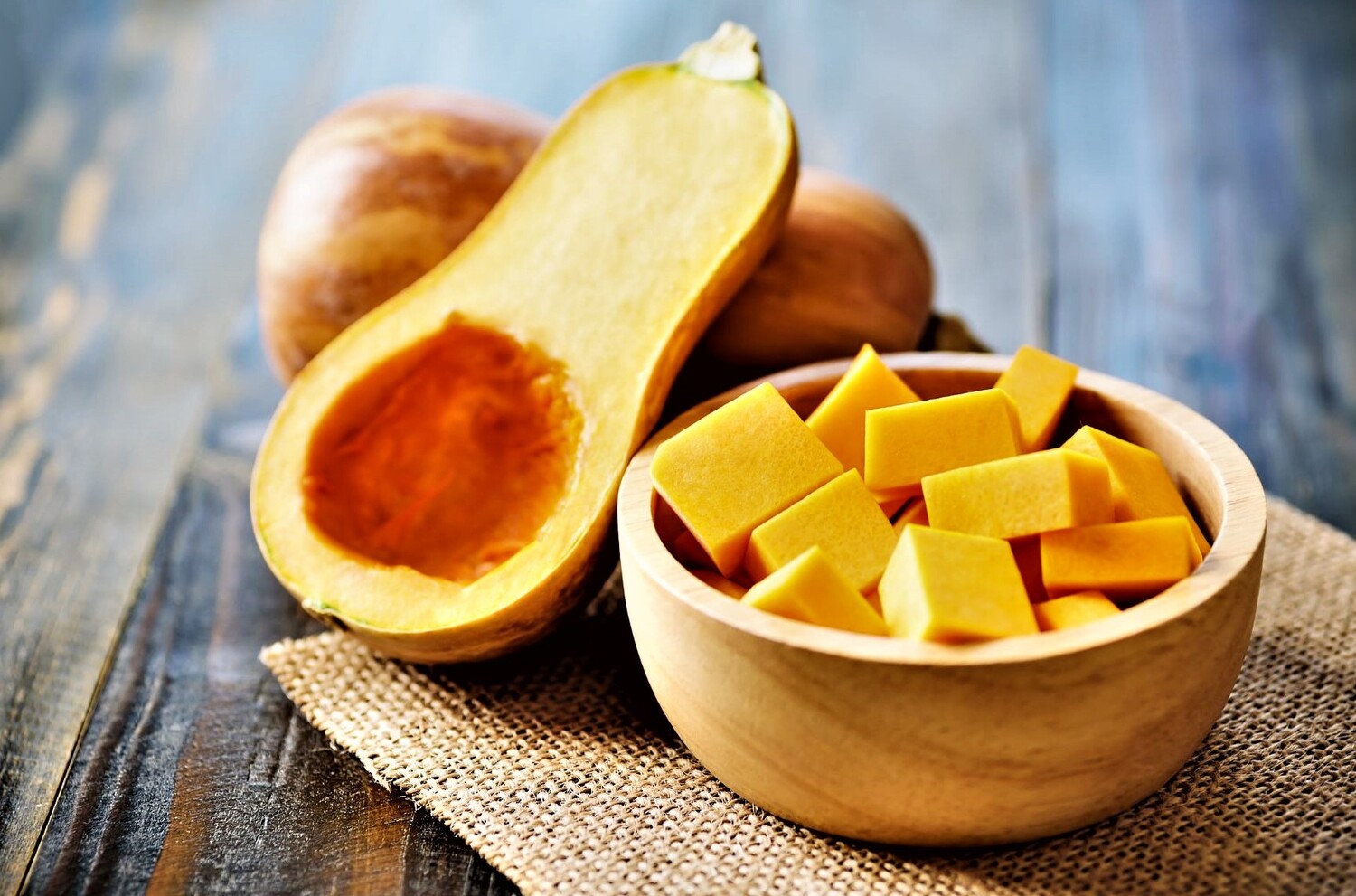
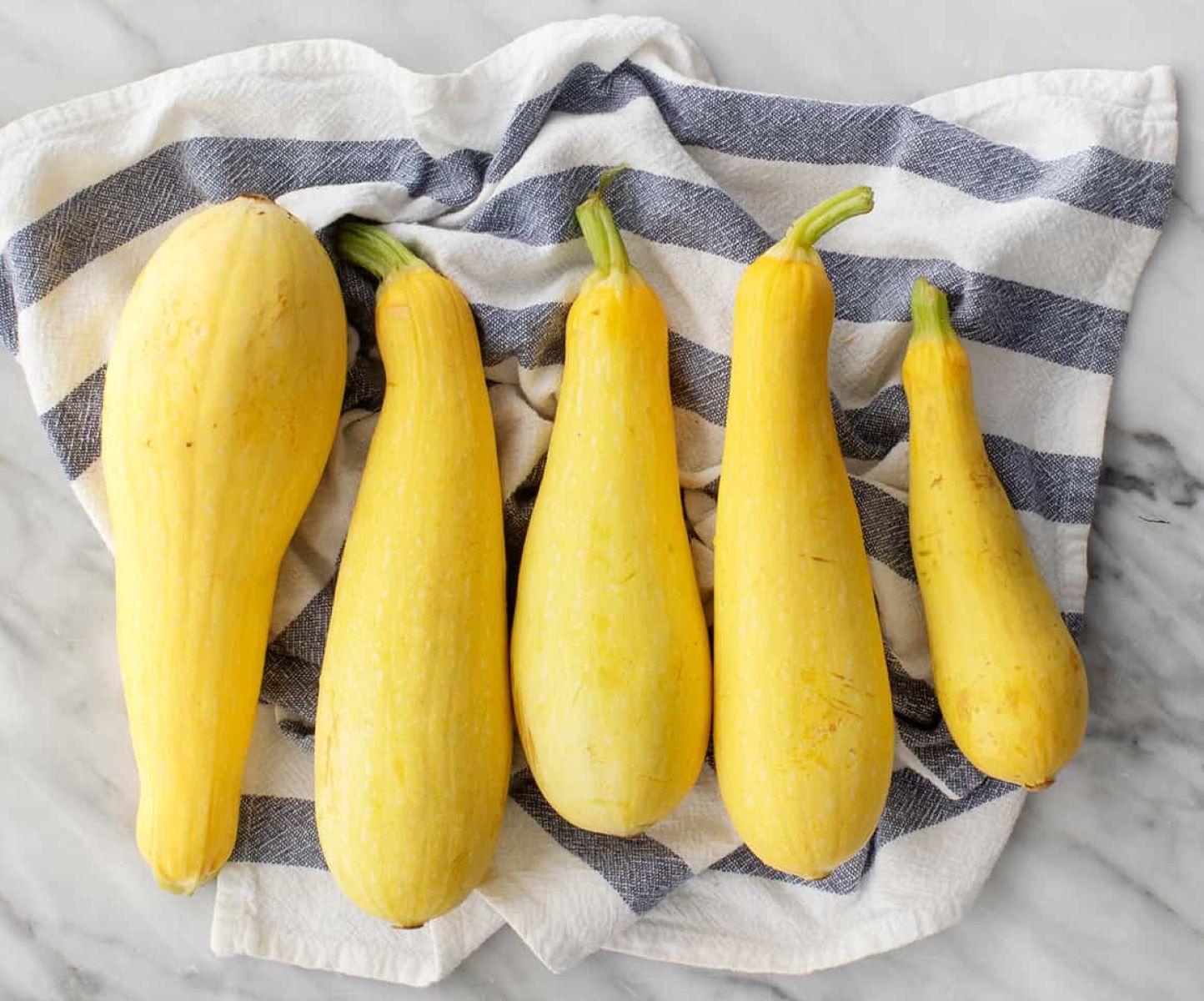
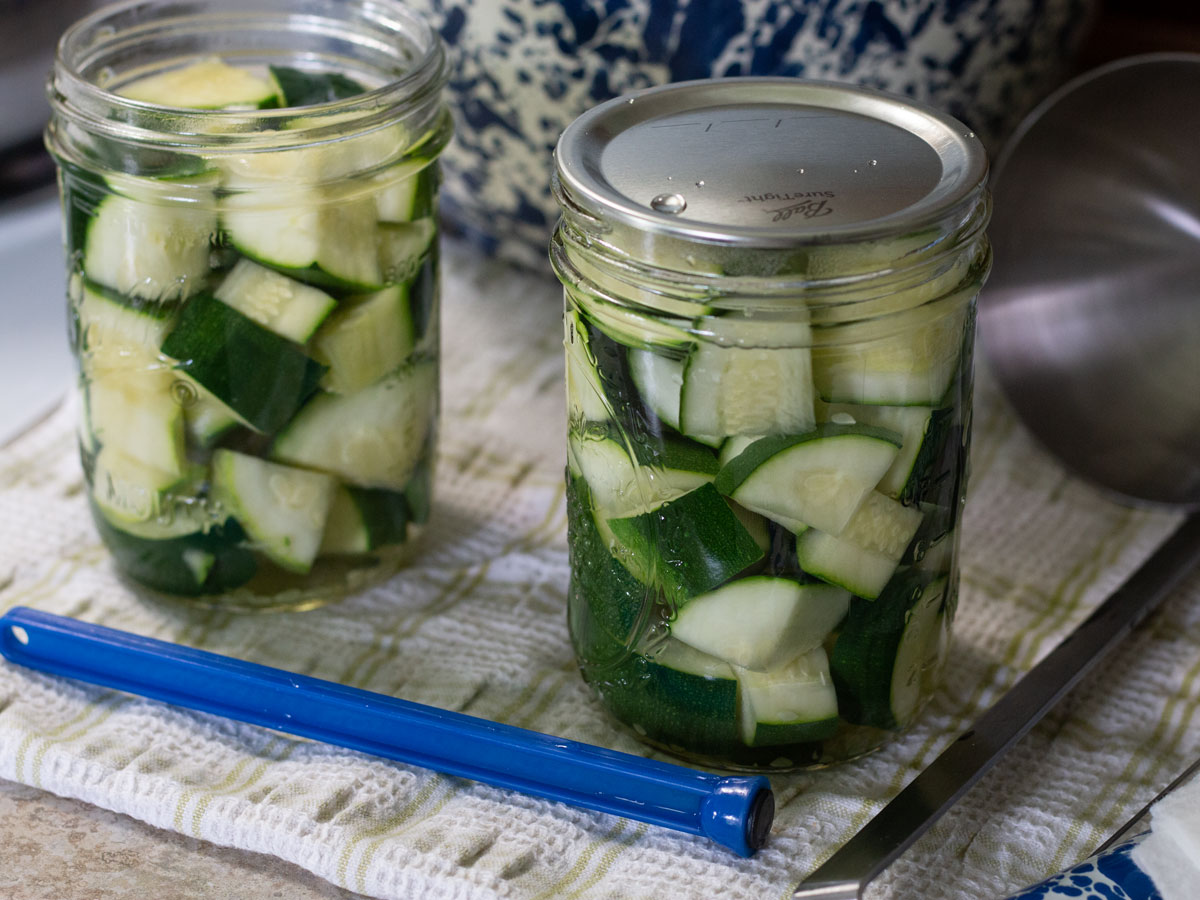
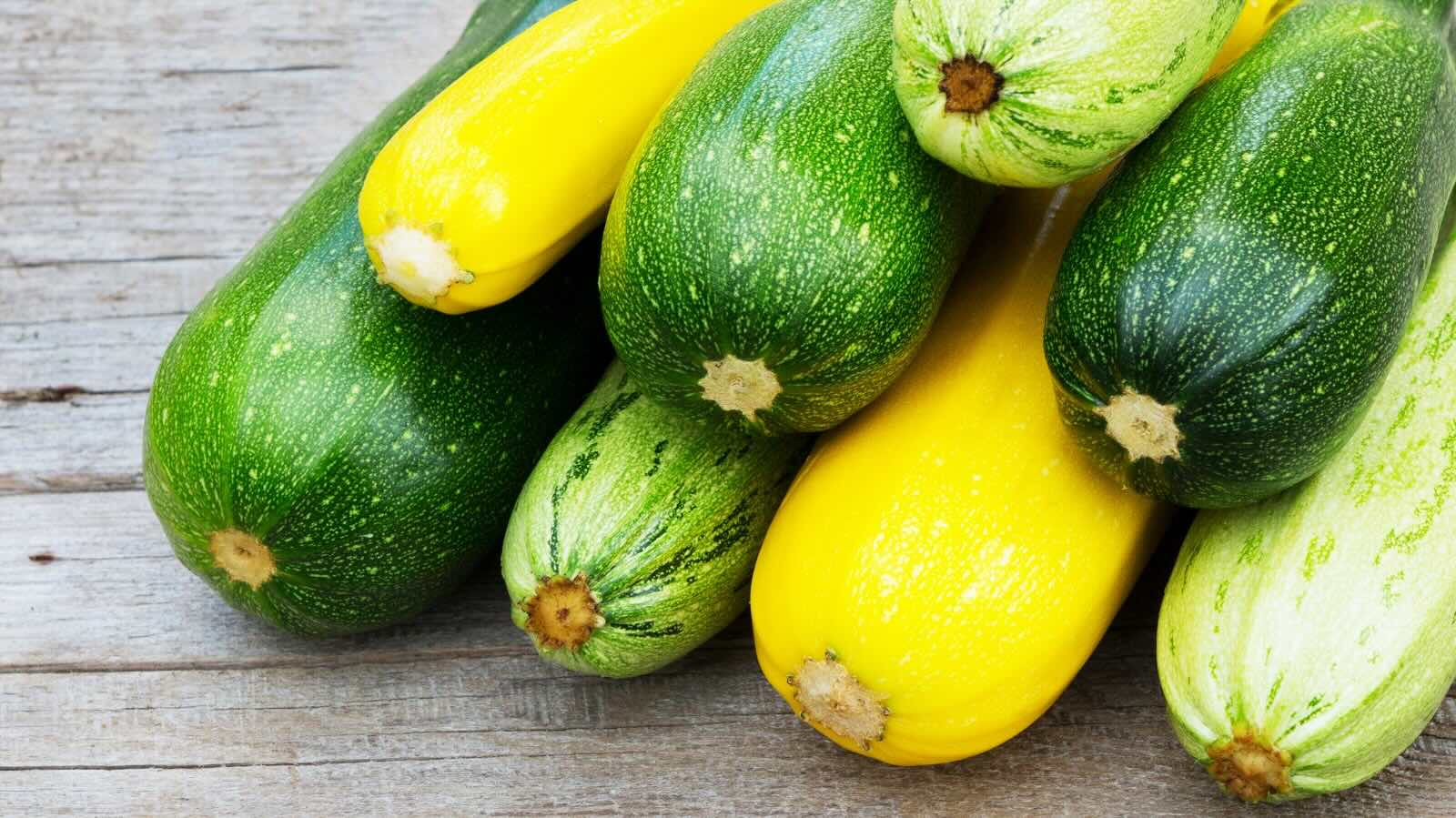
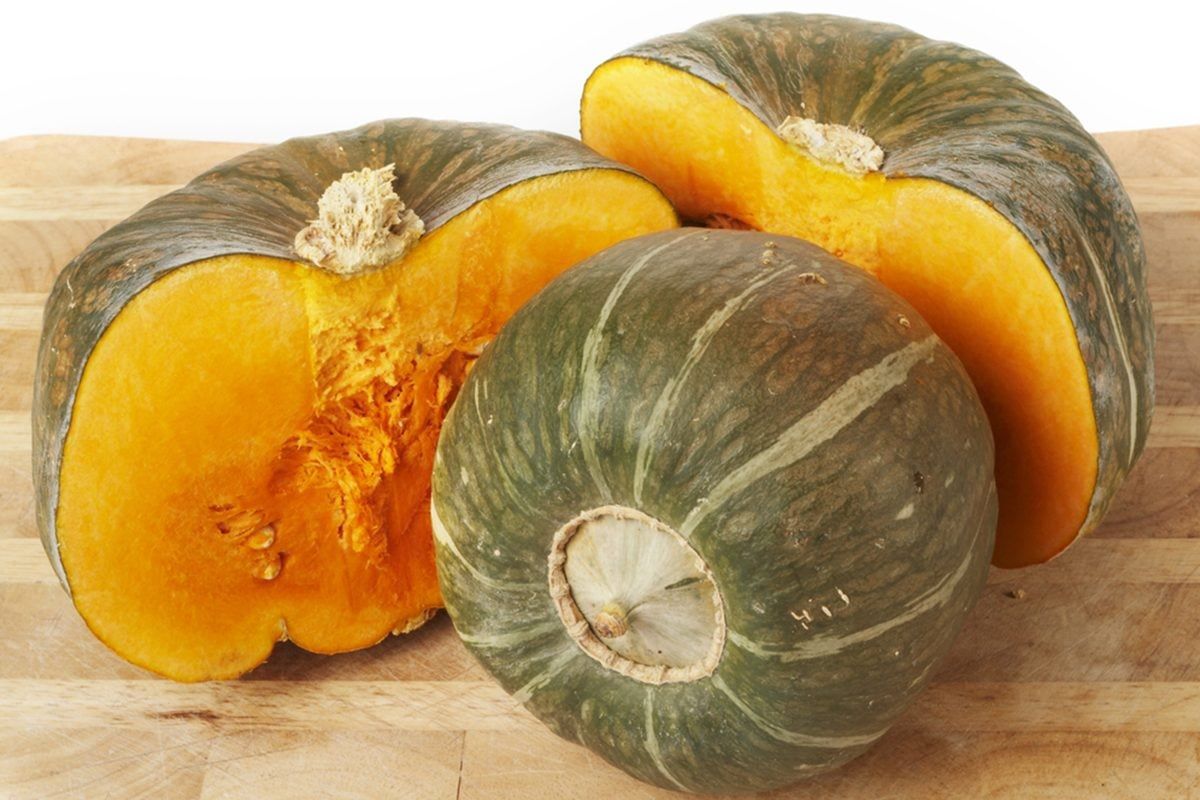
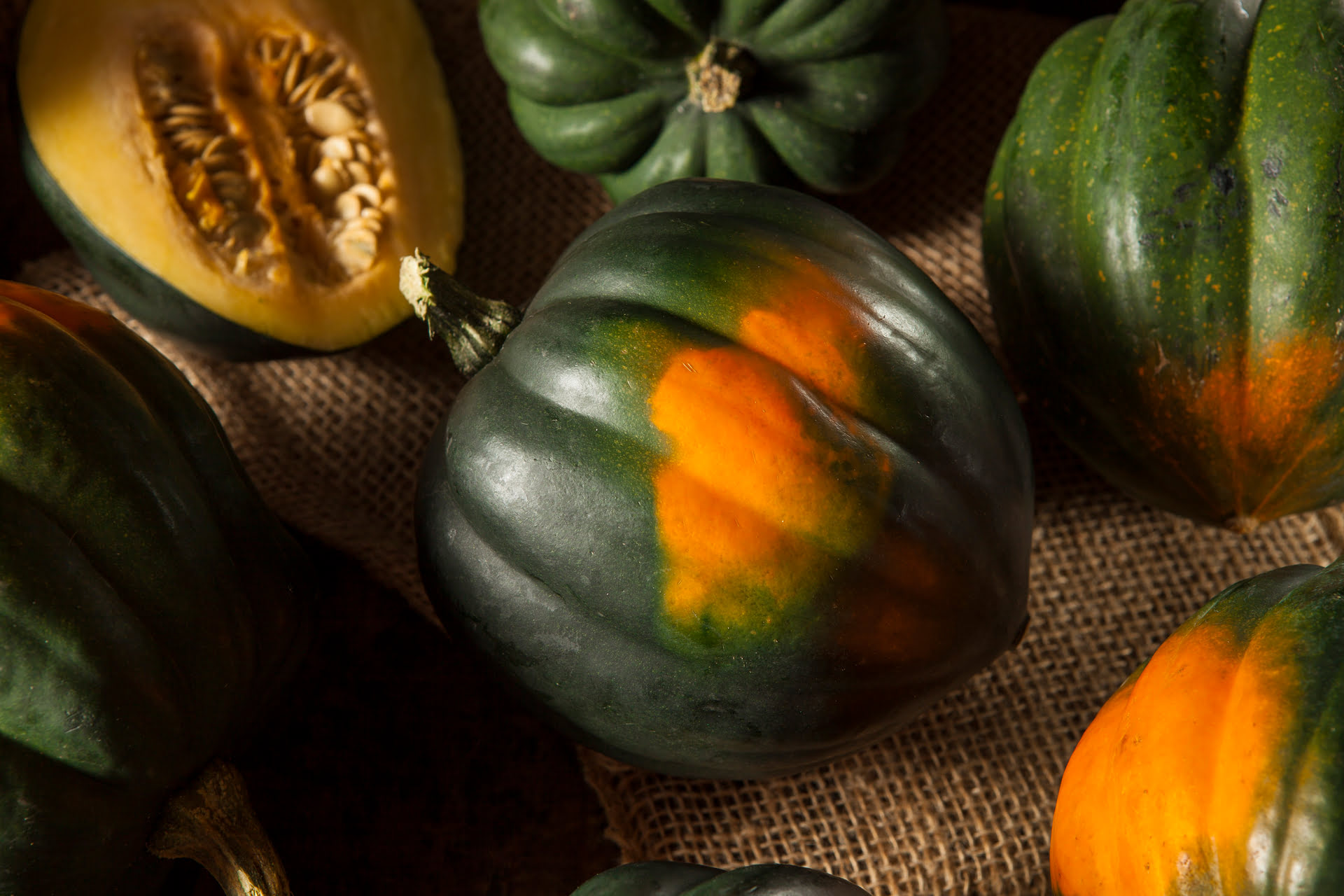
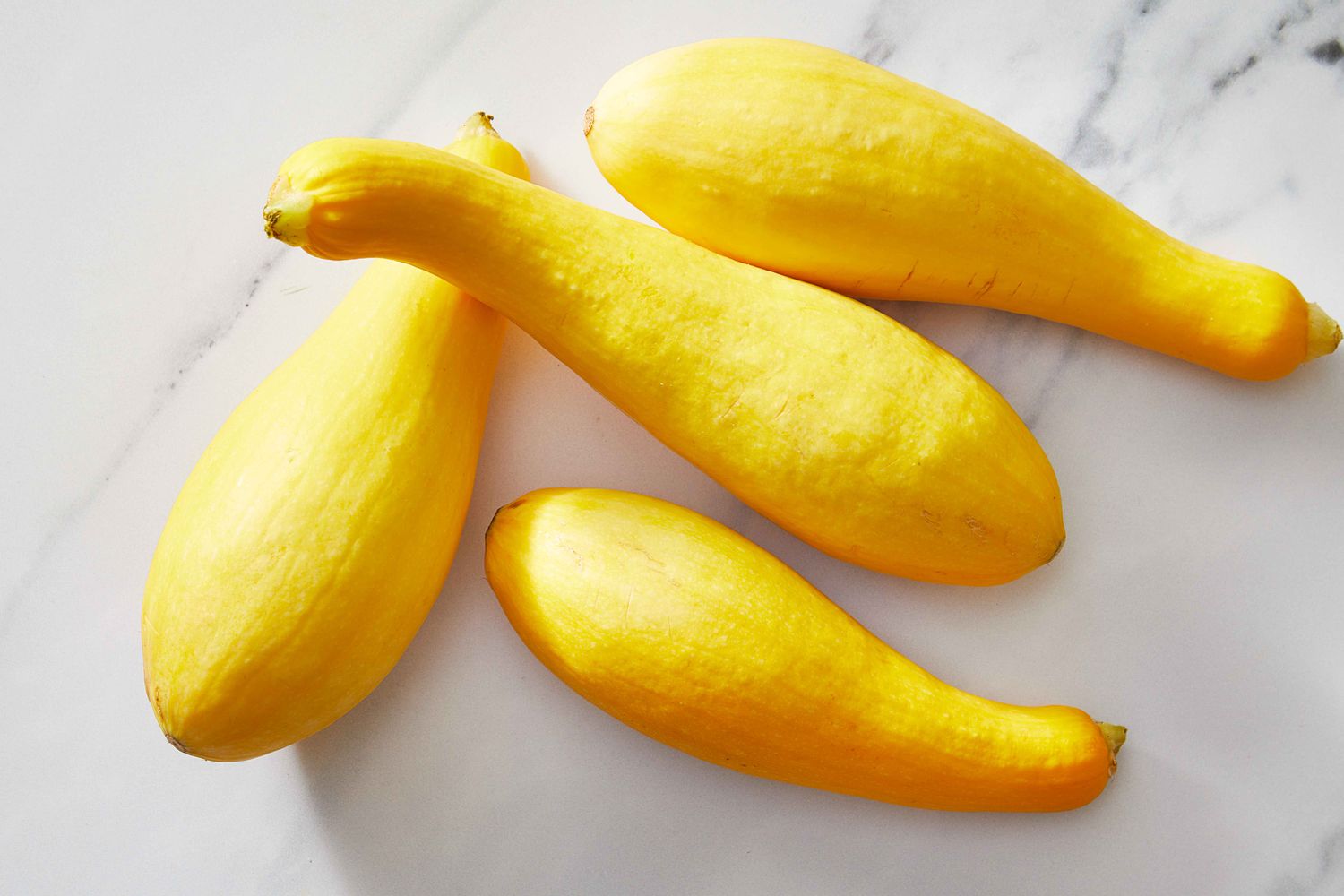
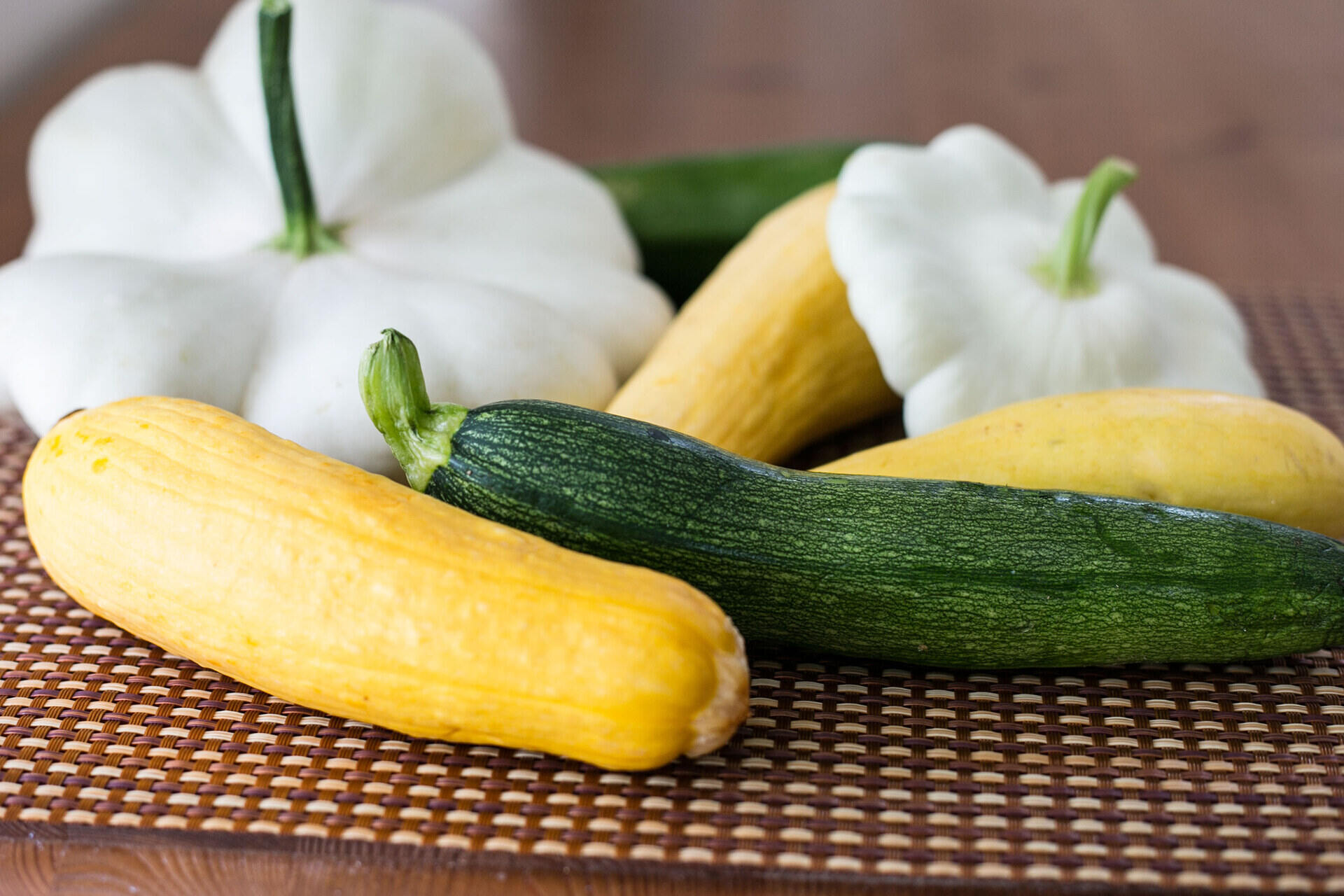
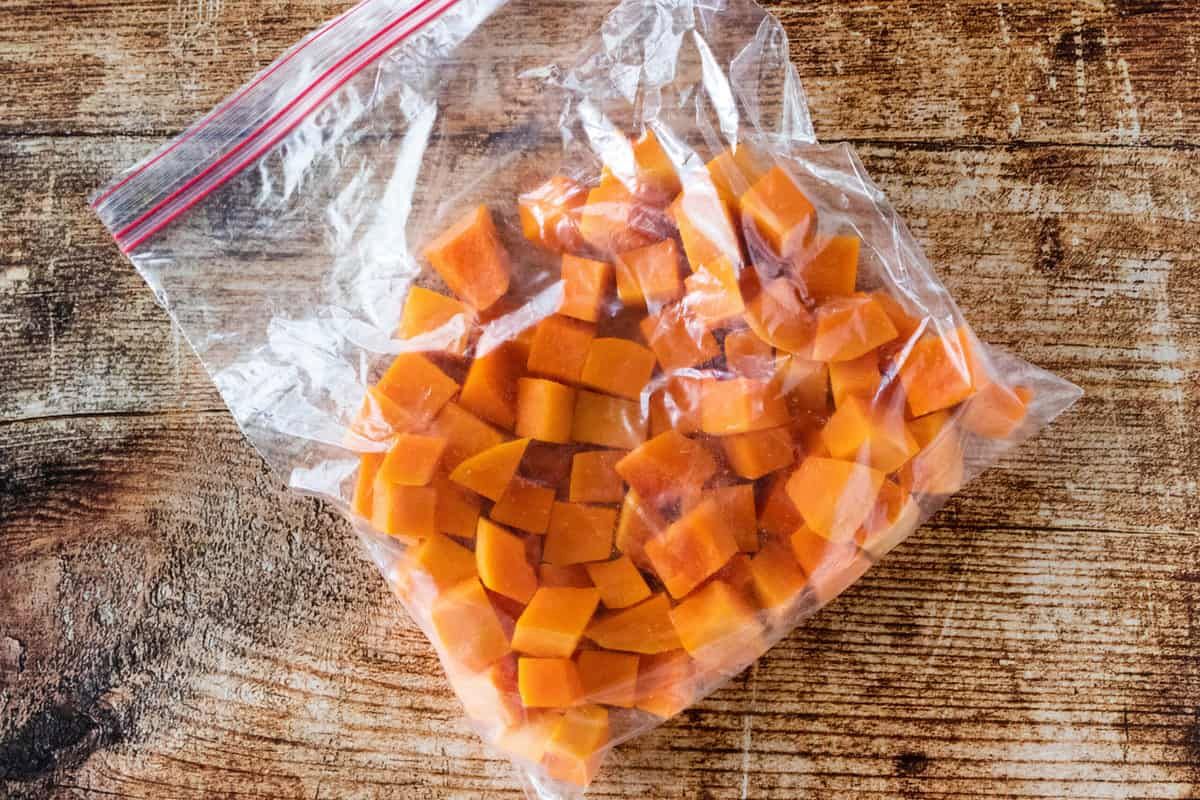

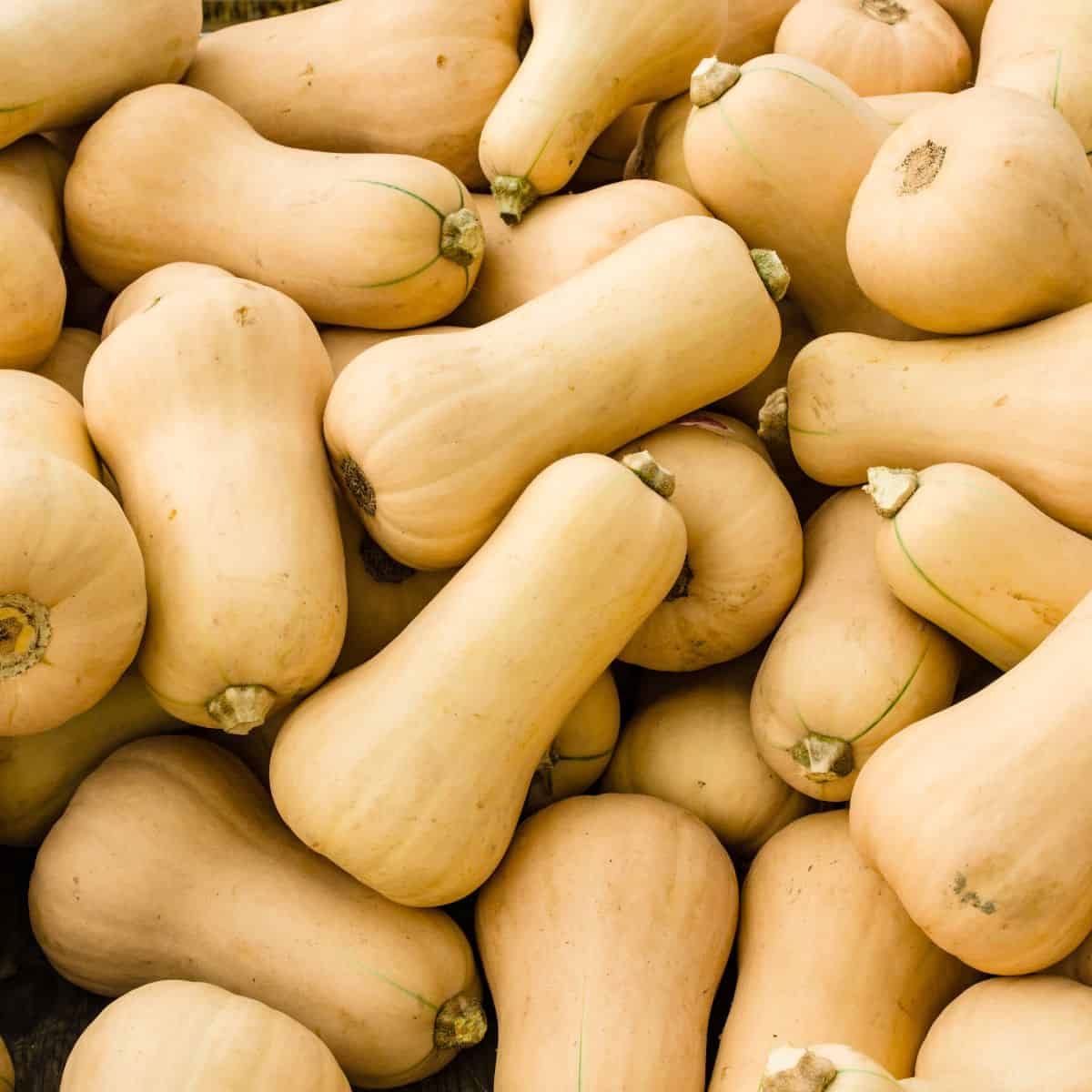

0 thoughts on “How To Store Honeynut Squash”